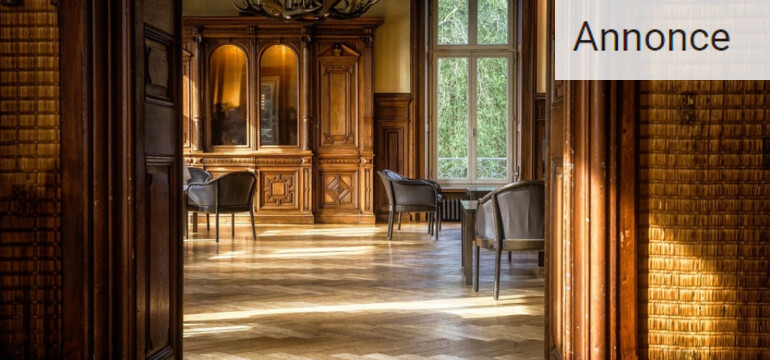Let’s take a quick look at the different kinds of underfloor heating. You can opt for either hot water pipes or an electrical system. If you’re building an extension, a new build or prepared to undertake major renovations, a hot water system is a solid option. It’s easy enough to set up with solar water heating or other low cost water heating systems to guarantee you warm floors all year round. If you’re working with an existing room and have neither the time, resources nor the space for pipes, an electric system is a better option. It is cheaper in the short term, though could be more expensive over time. Either way you’ll need to have a floating floor surface over the heating system.
The best material may not be what you expect
It’s easy to assume that with heating a floor, you’d want a material on top that would conduct the heat rapidly to your feet and out into the room. Metal is probably out, not just for its lack of comfort as a material but also because it probably conducts the heat too efficiently, so many of us will first think of tiles over underfloor heating. This is because many early adopters of underfloor systems put them into their bathrooms. It is, of course, a good option for areas that will get wet, but it is far from the most efficient floor covering.
What is?
A hardwood parquet floor. Without heating, a hardwood floor will be almost as warm underfoot as a carpet: it’s a good insulator. That means when you have underfloor heating, it may take a little longer for the floor to warm up but when it does, it will lose less of the heat and be more efficient than the tiled floor we’ve looked at above.

